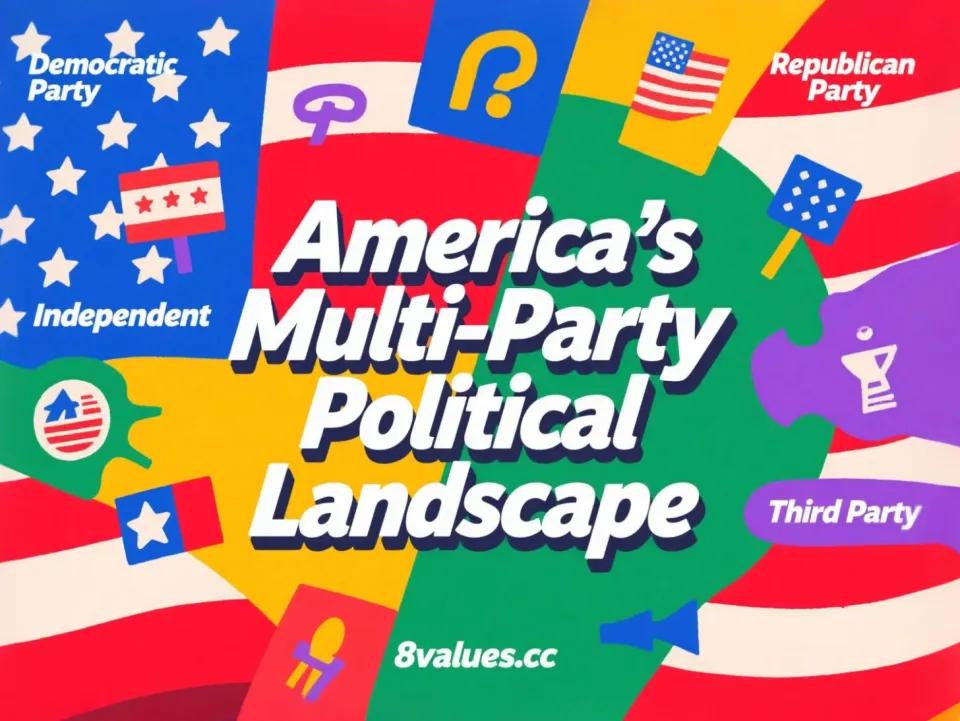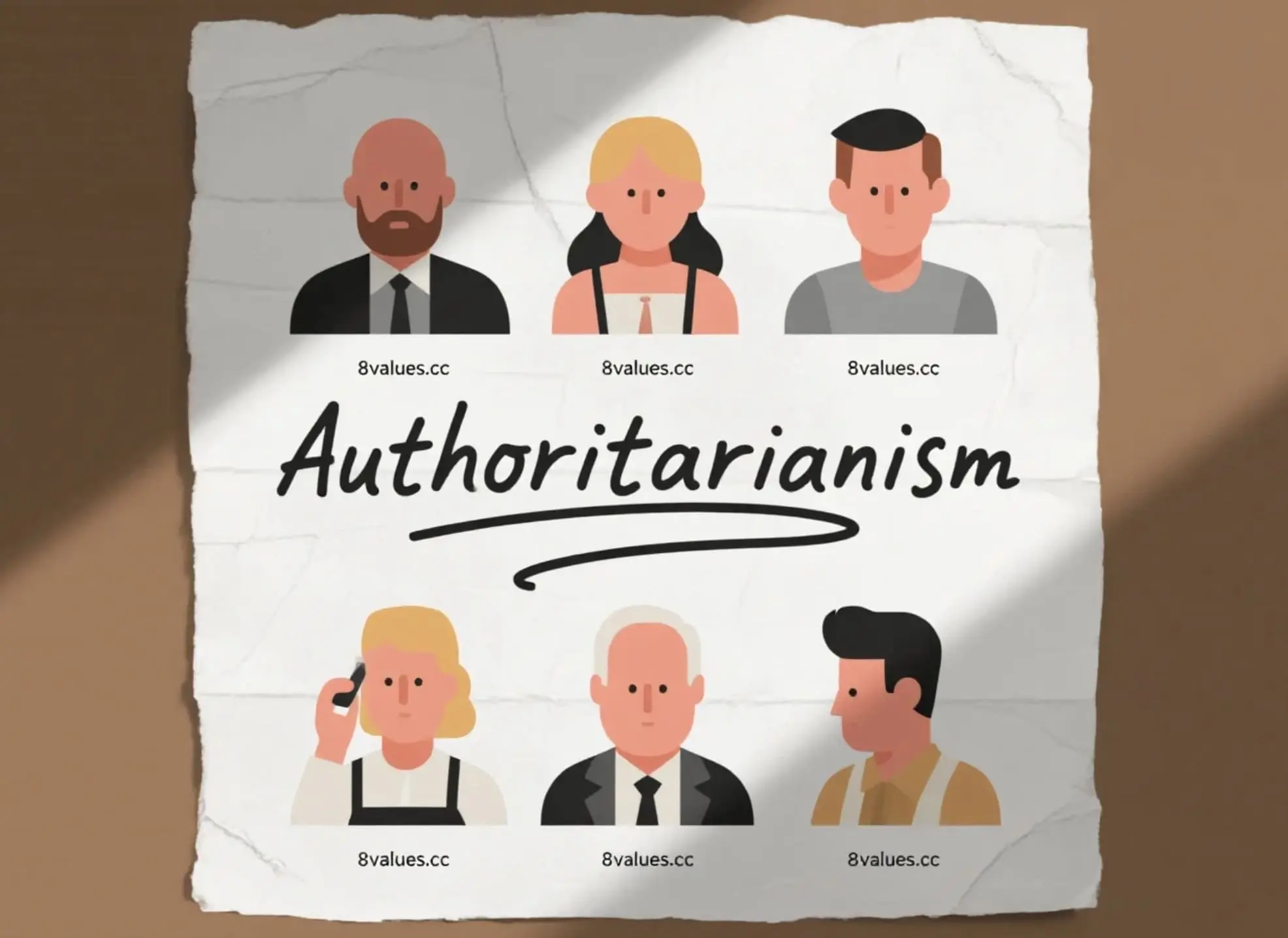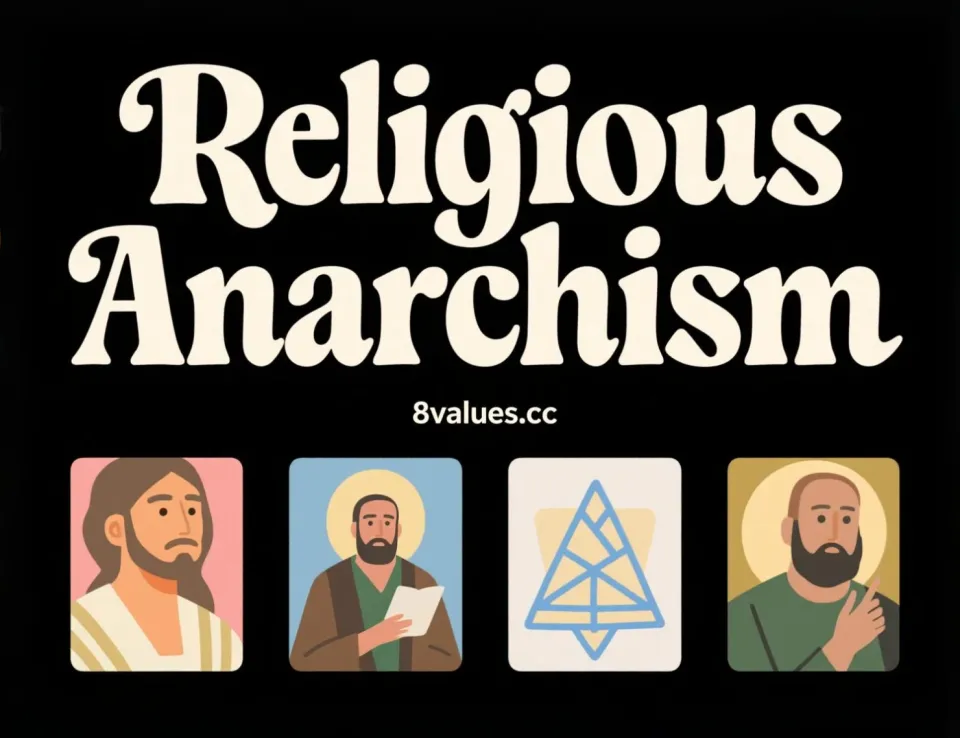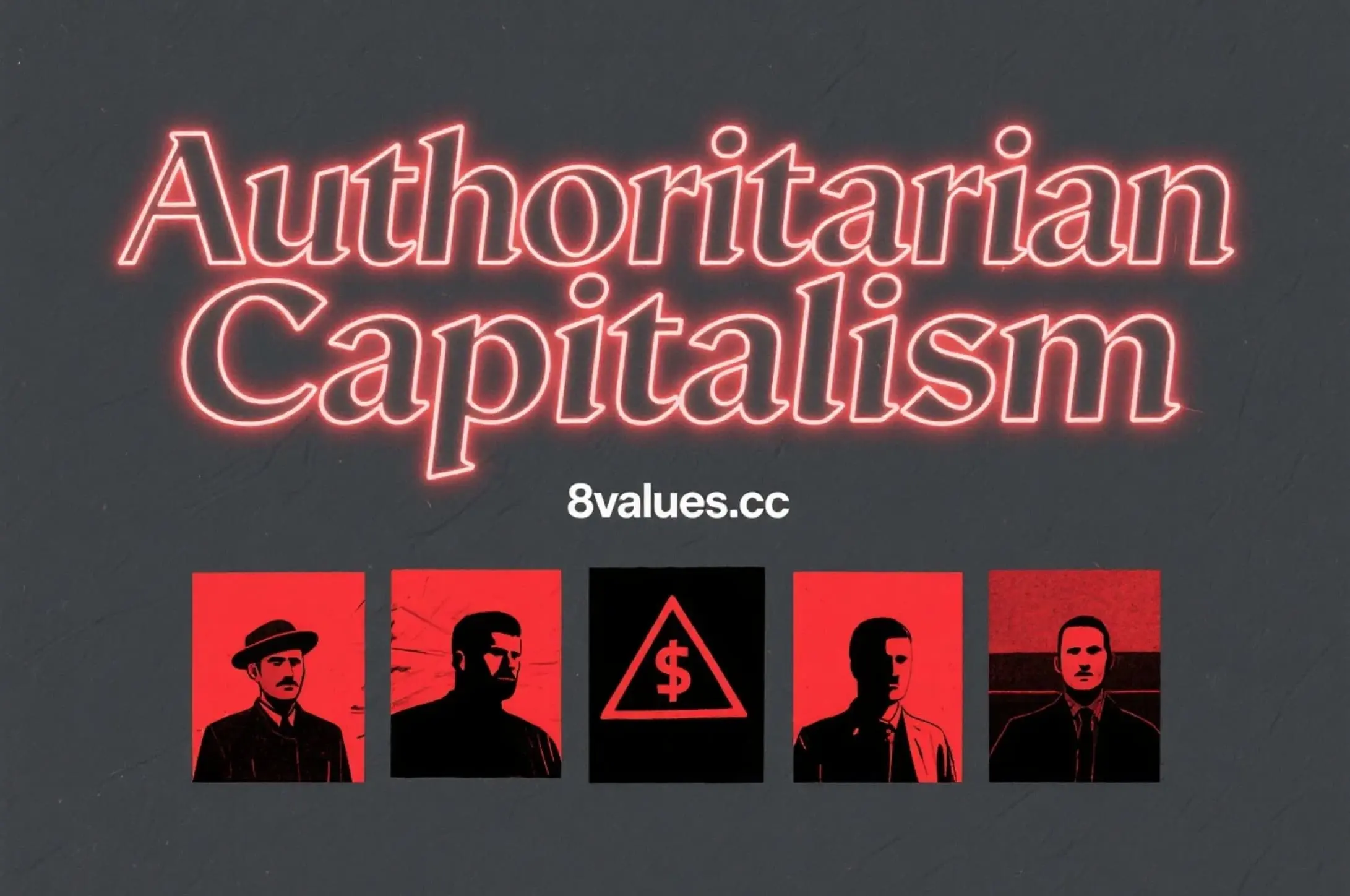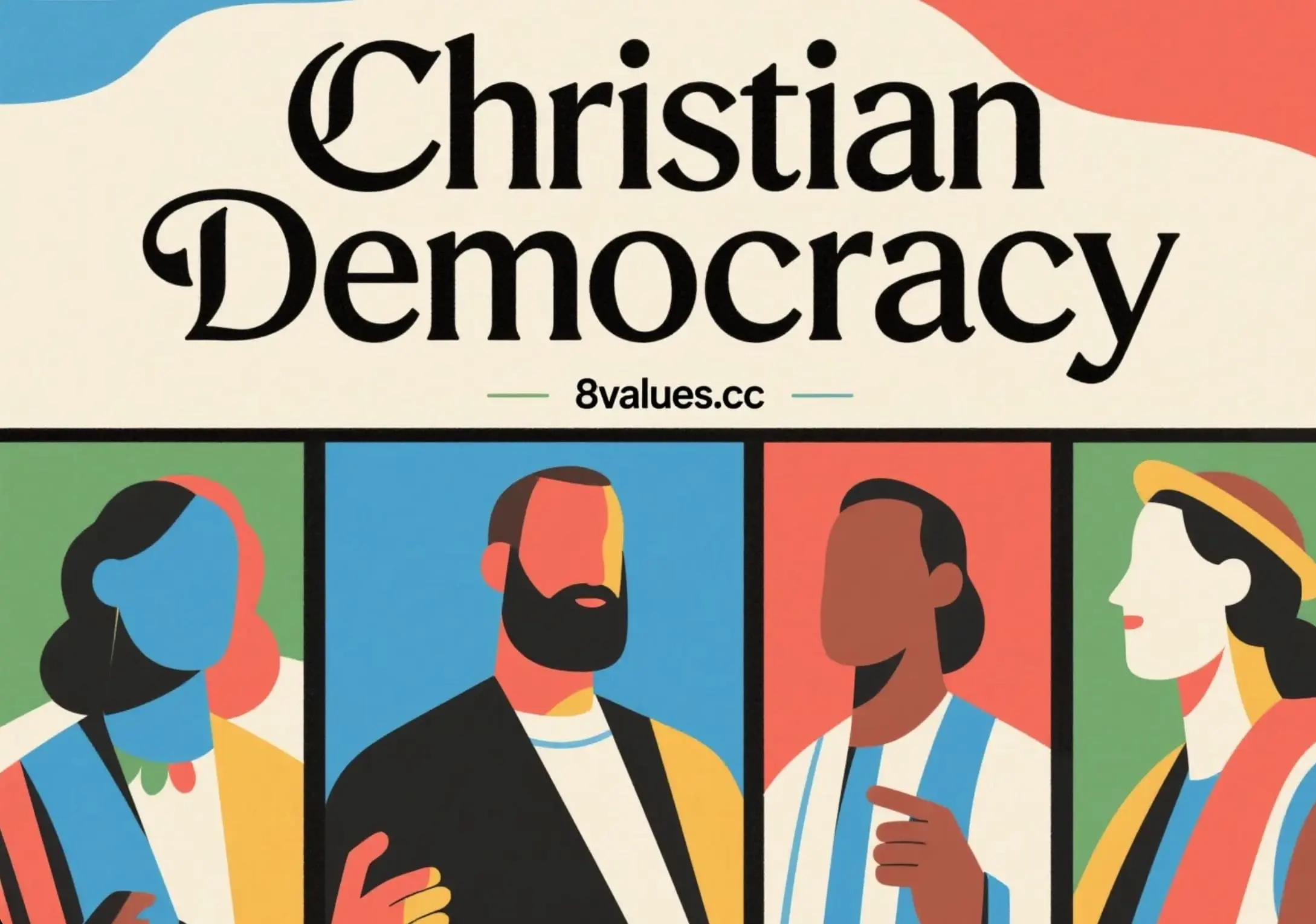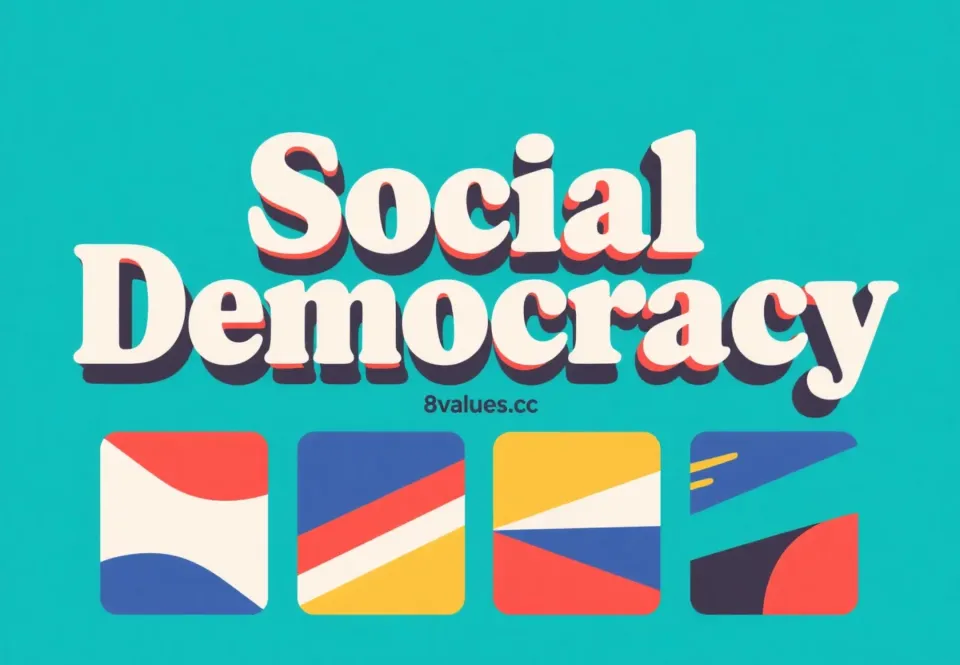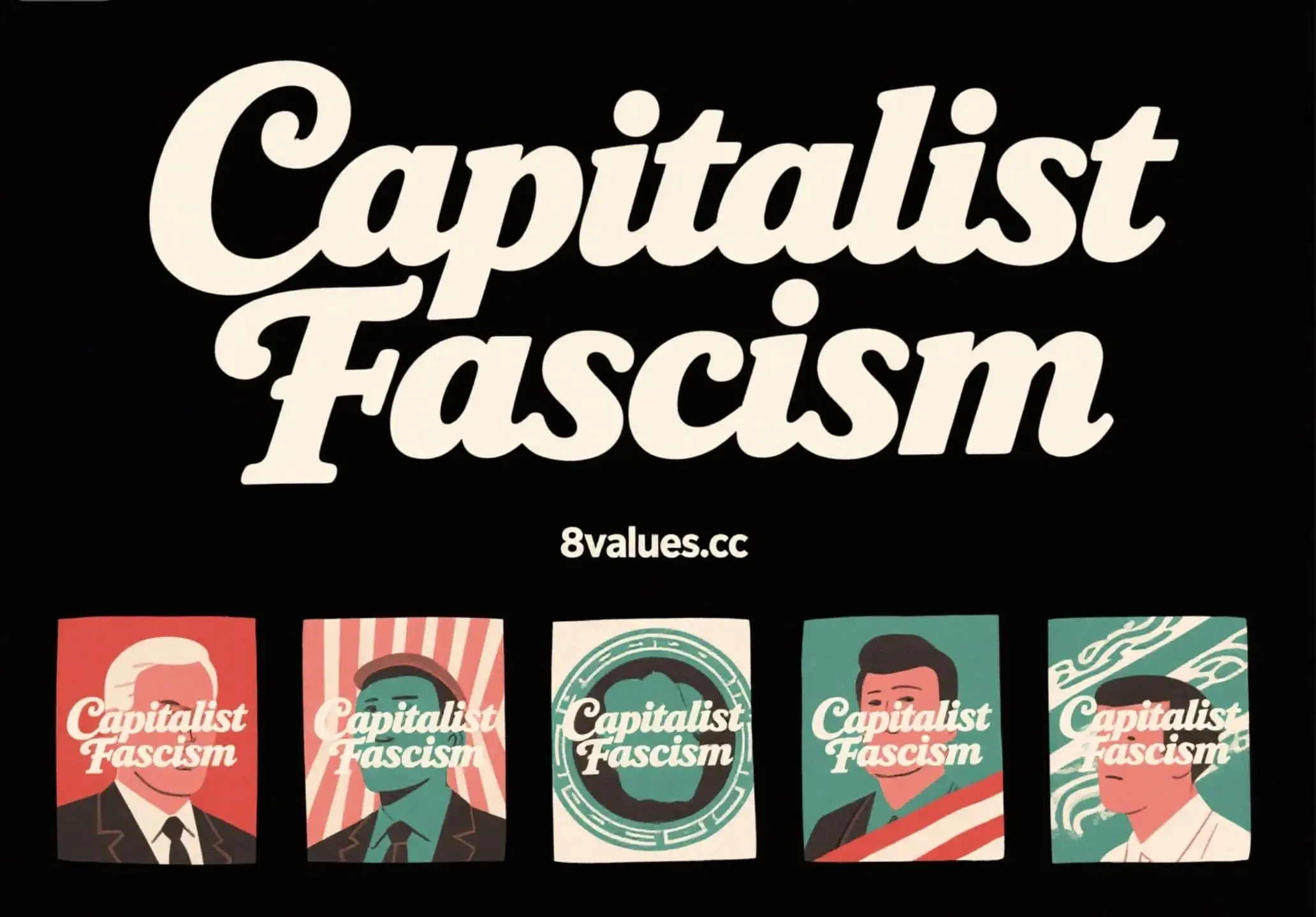How many political parties are there in the United States? In-depth understanding of the multi-party political landscape of the United States
Explore the complex political landscape of the United States and understand the role and influence of major political parties, third parties and independent candidates. Discover diversified options that go beyond traditional bipartisan system and clearly define your political position with our 8 Values ideological test.
When it comes to American politics, it is generally believed that this is a "two-party" country dominated by two major political parties, Democratic and Republican parties. However, this view only touches the surface. In fact, the complexity of the American political territory is far beyond our imagination, and there are many active political parties and independent forces. A deeper understanding of these different political entities will not only help us understand American politics more comprehensively, but also provide a broader perspective for us to examine our own political beliefs.
What is a political party?
Before exploring the number of political parties in the United States, we first need to understand the definition of "political party". Essentially, a political party is an organized group of ideologically similar leaders, voters and operators who unite to gain electoral influence and increase political efficiency.
This "political efficiency" is particularly important to voters. In a mature party system, when voters face competition between the Democrats and Republicans, they often do not need to conduct too much independent research, because party affiliation has provided them with important basis for judgment. Political parties simplify the decision-making process of voters by setting a series of policy positions and attitudes, especially in the era of information explosion, which allows major political parties to impress voters faster. In addition, organized political parties also make fundraising activities more efficient and profitable, and donations can flow to the entire party organization and then decide on the allocation of funds, which greatly simplifies the raising and use of campaign funds.
Two major political parties: Democrats and Republicans
There is no doubt that the Democrats and Republicans are the two major parties that dominate the American political system, which control almost all elected positions in the federal, state and local areas. One side is regarded as a "liberal" and the other side is regarded as a "conservative". The two challenge each other and oppose each other. The two major parties are committed to convince voters that they have no choice but to vote for one of them. This concept of "zero-sum game"—that is, not voting for one party is equivalent to helping the other party win—reinforces the power and status of the two major parties, although this may not be in the fundamental interests of the American people.
It is no accident that the two major political parties dominate the election. This is mainly attributed to the "winner-takes-all" electoral system, the advantages of campaign funding, and historical practices . These structural barriers make it difficult for other parties to gain equal opportunities for competition with the two major parties.
Beyond Duopoly: The Third Party and the Rise of Independent Forces
Although the two major parties dominate, the political picture of the United States is far from that simple. According to data, there are many political parties in the United States that are far beyond imagination:
- As of November 2022, there were 53 independent political parties in the United States that qualify for voting.
- During the same period, the number of political parties at the state level reached 209 .
- As of January 2025, there were at least 55 national or interstate parties that were eligible for voting, and 238 state-level affiliated parties.
- All officially registered political organizations nationwide, including small, marginal and single-item groups, have a total of more than 420 .
The differences in these numbers depend on how “political parties” are defined—for example, whether a voting qualification is required, a certain number of active members, or actively supporting and launching candidates.
In recent years, as the public's trust in the two major political parties has declined, the influence of various third party organizations and independent leaders in American politics has gradually emerged. Among them, the largest organized third party includes:
- Green Party : Positioned on the left wing of the Democratic Party, with the issue of environmental protection as the core.
- Libertarian Party : Positioned on the right wing of the Republican Party, but slightly left, mainly supporting the minimization of government intervention in social, including the economic and moral/religious levels.
- Democratic Socialists of America : A left-wing organization that grew in popularity after Bernie Sanders ran for the Democratic Party in 2016.
Independent politicians also played an important role in history. For example, Bernie Sanders , who worked with the Democratic caucus in the Senate and ran for the Democratic presidential nomination, has remained a nonpartisan himself. Another Vermont Senator, Angus King, is also an independent and works with the Democratic caucus.
Historically, public dissatisfaction with the two major parties has also spawned support for independent and/or third party candidates:
- Ross Perot set records in the 1992 and 1996 independent presidential campaigns, winning a staggering 19% and 8% of the popular vote, an unprecedented achievement among independent candidates.
- Theodore Roosevelt ran as a Progressive Party candidate in 1912, winning six states, 88 electoral votes and 27% of the popular vote, even surpassing the then-Republican president.
Although the third party and independent candidates have many highlights, at the national level, the dominance of American politics is still firmly in the hands of the two major political parties.
Discover your political stance
Understanding the complexity of the American political system, as well as the various ideologies and parties involved, is the first step in forming one's own political views. Do you prefer the traditional position of the two major parties, or do you find resonance in the third party or independent thinking? Are your values closer to liberalism, conservatism, or are there somewhere in between, or even a unique combination?
Want to explore your own political inclinations in depth and understand your position on different dimensions such as economic, social, diplomatic and government governance? Our free 8Values political orientation test is the tool tailored for you. Through a series of questions, it will help you define your political values more clearly and discover where you are in the political spectrum.
Visit our 8Values Political Ideology Testing website now to start your journey of political self-discovery. If you are interested in more political issues, feel free to browse our official blog and ideological list for more in-depth analysis and exciting content.
